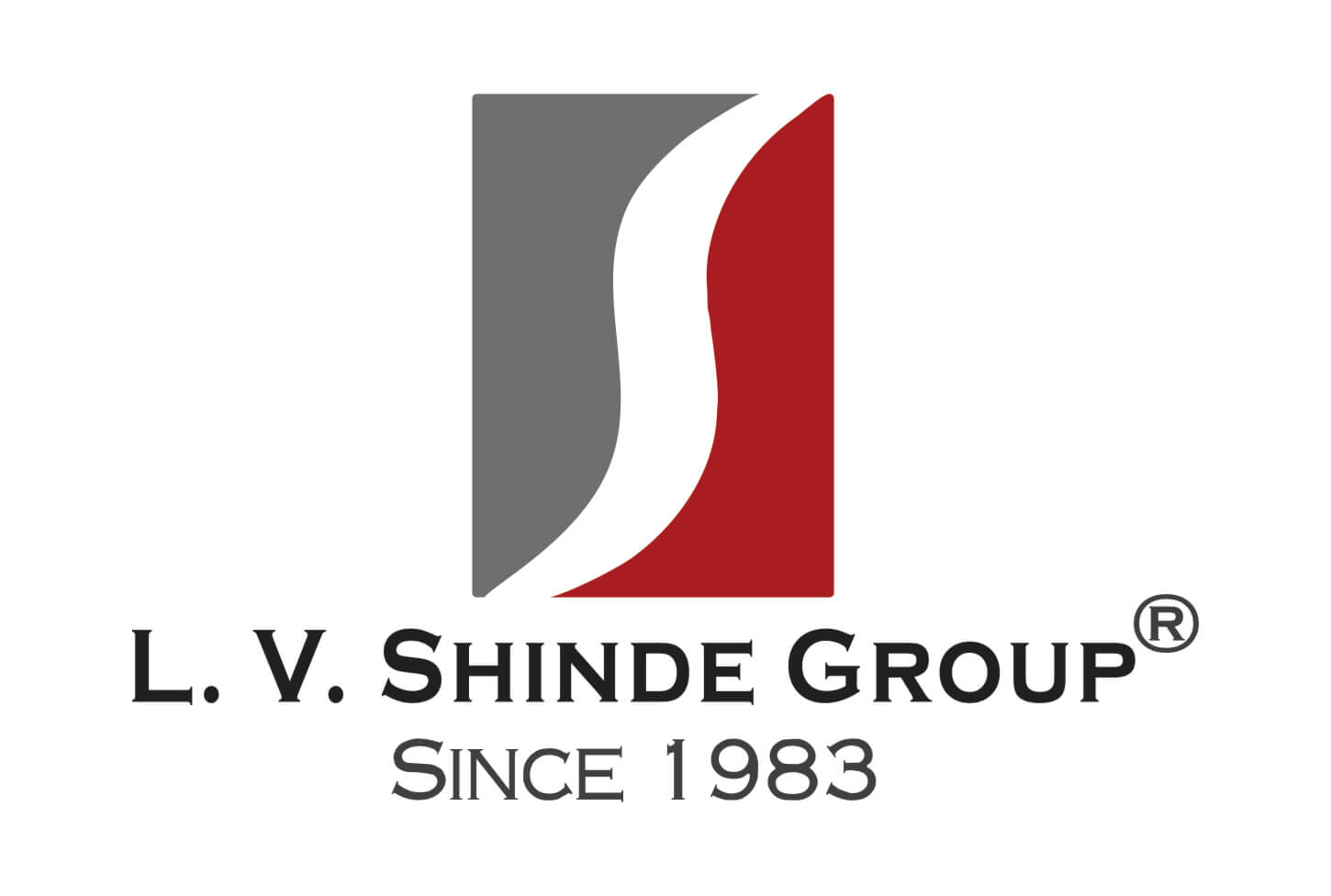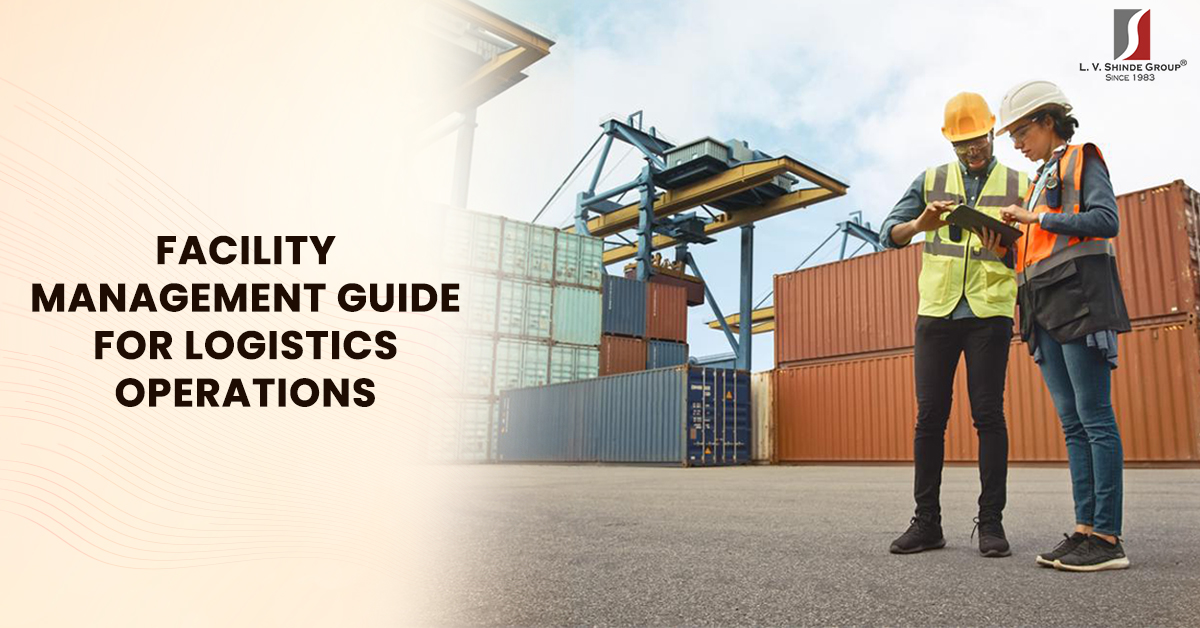Facility Management Guide for Logistics Operations
Facility management plays a critical role in optimizing logistics operations, ensuring smooth and efficient supply chain management. Effective facility management not only enhances operational productivity but also contributes to cost savings and customer satisfaction. In this comprehensive guide, we will explore the significance of facility management in logistics, the types of facilities involved, the benefits it offers, the challenges faced, facility planning and design considerations, key components of facility management, best practices to adopt, and emerging trends in the field. Let’s delve into the world of logistics facility management and discover how Supreme Facility Management (SFM) can maximize your logistics operations.
Facility Management in Logistics Operations
Facility management encompasses a range of activities focused on the maintenance, operation, and optimization of logistics facilities. These facilities can include warehouses, distribution centers, transportation hubs, and other logistics-related infrastructure. Effective facility management ensures the seamless coordination of various processes, such as inventory management, order fulfillment, transportation, and facility maintenance, to enable efficient logistics operations.
The Role of Facility Management in Logistics
Facility management plays a pivotal role in supporting logistics operations. Its key responsibilities include:
1. Ensuring Facility Readiness:
Facility managers are responsible for ensuring that logistics facilities are well-maintained, adequately equipped, and prepared to handle operational requirements. They oversee maintenance schedules, repairs, and equipment upgrades to minimize downtime and maximize facility readiness.
2. Optimizing Space Utilization:
Facility managers strategically plan and manage the layout of logistics facilities to optimize space utilization. This includes organizing storage areas, implementing efficient material flow, and ensuring easy access to inventory. Effective space management minimizes congestion, improves operational efficiency, and reduces costs.
3. Safety and Security:
Facility managers prioritize safety and security measures within logistics facilities. They implement protocols to safeguard personnel, inventory, and equipment. This includes conducting regular safety inspections, installing surveillance systems, implementing access control measures, and training staff on safety procedures.
4. Compliance and Regulatory Requirements:
Facility managers ensure that logistics operations adhere to relevant regulatory and compliance standards. They stay updated on industry regulations and maintain proper documentation, licenses, and permits. Compliance with environmental, health, and safety regulations is crucial to mitigate risks and maintain ethical operations.
Types of Facilities in Logistics Operations
Logistics operations involve various types of facilities, each serving a specific purpose within the supply chain. Here are some common types of logistics facilities:
1. Warehouses:
Warehouses serve as central hubs for storing and distributing goods. They often include storage racks, loading docks, and material handling equipment to facilitate efficient inventory management and order fulfillment.
2. Distribution Centers:
Distribution centres focus on the rapid sorting, packaging, and distribution of goods to meet customer demands. These facilities are strategically located to optimize transportation networks and enable timely order delivery.
3. Transportation Hubs:
Transportation hubs, such as ports, airports, and rail terminals, are crucial for logistics operations involving intermodal transportation. These hubs facilitate the movement of goods between different modes of transportation, ensuring smooth transitions and efficient connectivity.
4. Cross-Docking Facilities:
Cross-docking facilities minimize inventory storage time by facilitating direct transfers of goods from inbound to outbound vehicles. This approach reduces handling costs, streamlines order fulfillment, and accelerates product flow through the supply chain.
5. Cold Storage Facilities:
Cold storage facilities maintain controlled temperatures to store perishable goods, such as food and pharmaceuticals. These facilities incorporate specialized cooling systems and monitoring equipment to preserve product quality and integrity.
Benefits of Effective Facility Management in Logistics Operations
Effective facility management in logistics operations offers several significant benefits:
1. Improved Operational Efficiency:
Streamlined processes, optimized space utilization, and well-maintained facilities result in improved operational efficiency. By reducing bottlenecks and enhancing workflow, facility management contributes to faster order fulfillment and reduced lead times.
2. Cost Savings:
Efficient facility management helps minimize operational costs through effective space utilization, optimized inventory management, and proactive maintenance. By eliminating waste and improving resource allocation, costs associated with storage, transportation, and maintenance can be reduced.
3. Enhanced Customer Satisfaction:
Timely order fulfillment, accurate inventory management, and reliable logistics services contribute to enhanced customer satisfaction. By ensuring seamless operations and meeting delivery commitments, facility management plays a crucial role in customer retention and loyalty.
4. Safety and Risk Mitigation:
Proper safety measures and risk management protocols within logistics facilities reduce the likelihood of accidents, product damage, and security breaches. Facility managers prioritize safety training, implement safety guidelines, and perform regular audits to ensure a safe working environment.
5. Scalability and Adaptability:
Effective facility management enables logistics operations to scale and adapt to changing business needs. By designing flexible layouts and implementing modular systems, facilities can be easily modified to accommodate fluctuations in demand, product variety, and operational requirements.
Challenges of Facility Management in Logistics Operations
While facility management offers numerous benefits, it also comes with its share of challenges. Some common challenges include:
1. Space Constraints:
Limited availability of warehouse and storage space can pose challenges in organizing inventory and accommodating growth. Facility managers must optimize space utilization and explore creative storage solutions.
2. Technological Integration:
Incorporating advanced technologies, such as Warehouse Management Systems (WMS) and automation, can be complex and require substantial investments. Facility managers must navigate the integration process effectively to leverage the benefits of technology.
3. Workforce Management:
Recruiting, training, and retaining skilled facility personnel can be challenging. Facility managers need to establish effective training programs, foster a positive work culture, and implement performance evaluation systems.
4. Regulatory Compliance:
Meeting regulatory requirements, such as safety standards, environmental regulations, and labor laws, can be demanding. Facility managers must stay updated on relevant regulations and ensure compliance within logistics facilities.
5. Sustainability and Energy Efficiency:
Achieving sustainable facility operations and reducing energy consumption is an ongoing challenge. Facility managers need to implement energy-efficient systems, explore renewable energy sources, and adopt eco-friendly practices.
Facility Planning and Design in Logistics Operations
Effective facility planning and design are crucial for optimizing logistics operations. Considerations for facility planning include:
1. Location:
Logistics facilities should be strategically located to minimize transportation costs, improve accessibility, and ensure proximity to key markets or transportation networks.
2. Layout and Flow:
The layout of logistics facilities should facilitate efficient material flow, minimize congestion, and promote worker safety. Facility managers must consider factors such as product flow paths, storage density, and ergonomic considerations.
3. Scalability:
Facilities should be designed with scalability in mind to accommodate future growth and changing operational requirements. Modular designs and flexible layouts enable easy expansion or reconfiguration.
4. Technology Integration:
Facility managers need to assess and integrate appropriate technologies, such as inventory tracking systems, automation, and robotics, to enhance operational efficiency and accuracy.
Components of Facility Management in Logistics Operations
Effective facility management comprises several key components:
1. Maintenance and Repairs:
Regular maintenance and prompt repairs are essential to ensure optimal facility performance. Facility managers schedule routine maintenance tasks, monitor equipment conditions, and address repair needs promptly.
2. Inventory Management:
Efficient inventory management involves accurate tracking, proper storage, and effective order fulfillment. Facility managers implement inventory control systems, conduct regular cycle counts, and optimize storage layouts.
3. Vendor and Contract Management:
Facility managers coordinate relationships with external vendors, negotiate contracts, and ensure compliance with service-level agreements. They also evaluate vendor performance and explore cost-saving opportunities.
4. Performance Metrics and Reporting:
Facility managers track key performance indicators (KPIs) related to facility operations, such as order accuracy, on-time delivery, and facility utilization. Regular reporting and analysis enable data-driven decision-making and continuous improvement.
5. Safety and Security:
Safety protocols, emergency preparedness plans, and security measures are essential components of facility management. Facility managers implement safety training programs, conduct regular safety drills, and monitor access control systems.
Environmental Sustainability:
Facility managers promote environmentally sustainable practices by implementing recycling programs, energy-saving initiatives, and waste reduction strategies. They explore opportunities for renewable energy adoption and monitor environmental impact.
Best Practices in Facility Management for Logistics Operations
To achieve excellence in facility management, logistics operations can adopt the following best practices:
1. Regular Maintenance:
Implement proactive maintenance schedules to minimize equipment downtime and prevent costly repairs. Regularly inspect and maintain facility infrastructure, machinery, and systems.
2. Data-Driven Decision-Making:
Utilize data analytics and performance metrics to identify areas for improvement, optimize processes, and make informed decisions regarding facility management strategies.
3. Continuous Improvement:
Foster a culture of continuous improvement by encouraging feedback from facility personnel, conducting regular performance evaluations, and implementing process optimization initiatives.
4. Training and Development:
Provide comprehensive training programs to facility personnel to enhance their skills, knowledge, and efficiency. Foster a learning environment that encourages professional development and promotes cross-functional collaboration.
5. Collaboration and Communication:
Foster effective communication and collaboration between facility managers, staff, and other stakeholders. Clear communication channels facilitate prompt issue resolution, decision-making, and overall operational efficiency.
Effective facility management is vital for optimizing logistics operations. By ensuring facility readiness, optimizing space utilization, prioritizing safety and security, and adhering to regulatory requirements, logistics facilities can achieve operational excellence. Incorporating best practices and leveraging technological advancements enable logistics operations to stay competitive, meet customer expectations, and adapt to evolving market trends. Embrace the power of Supreme Facility Management to unlock the full potential of your logistics operations.
FAQs about Facility Management in Logistics Operations
Q1. How can communication and coordination be effectively managed in logistics operations?
Effective communication can be ensured through regular team meetings, utilizing digital communication tools, and establishing clear reporting channels. Coordinating logistics operations requires transparent information sharing and proactive collaboration among all stakeholders involved.
Q2. What is the role of technology in facility management for logistics operations?
Technology plays a crucial role in enhancing facility management in logistics operations. It enables real-time inventory tracking, automation of repetitive tasks, data analytics for decision-making, and optimization of processes for improved efficiency.
Q3. What is the process for selecting and implementing a Warehouse Management System (WMS)?
Selecting and implementing a Warehouse Management System involves assessing business requirements, evaluating available options, conducting demos and trials, and considering factors like scalability, integration capabilities, and user-friendliness. The implementation process includes data migration, training, and post-implementation testing and fine-tuning.
Q4. How can facility managers effectively train and manage facility personnel in logistics operations?
Facility managers can effectively train and manage facility personnel by providing comprehensive onboarding programs, conducting regular training sessions, fostering a culture of continuous learning, setting clear performance expectations, and providing regular feedback and coaching.
Q5. What are some emerging trends in facility management for logistics operations?
Some emerging trends in facility management for logistics operations include the adoption of Internet of Things (IoT) devices for real-time monitoring, implementation of robotics and automation for increased efficiency, integration of artificial intelligence (AI) for predictive analytics, and the use of blockchain technology for enhanced traceability and transparency in supply chains.
Conclusion
Effective facility management is essential for optimizing logistics operations. By understanding the role of facility management, exploring different types of logistics facilities, recognizing the benefits it offers, addressing challenges, and implementing best practices, logistics operations can maximize their efficiency, reduce costs, ensure customer satisfaction, and stay ahead in a dynamic marketplace. Embrace the principles of Supreme Facility Management and witness the transformation of your logistics operations into a well-oiled machine.


